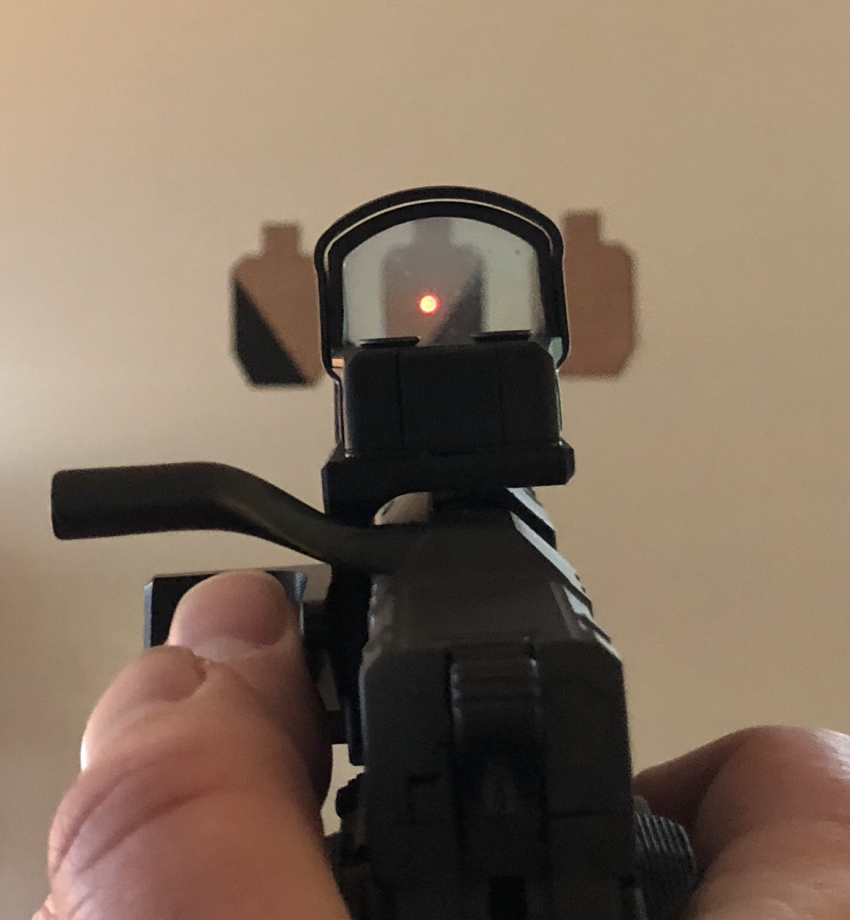Many times, the problem stems from the root. I always tell my students that the pyramid must be strengthened from its base; we cannot pretend to reach the top without having established the base well. The technique is the key; we can say that they are the foundations that will support our pyramid, but how can we achieve a good technique? Well, dry fire training would come into play here, which could be defined as “the practical activity that is carried out repetitively with a weapon to improve its use and handling without the use of live ammunition”. Within dry fire training there are many technical aspects that a shooter should master, including the draw, sight picture, trigger control, index, reloads, use of the strong hand and weak hand, position entry, shooting while moving, forced shooting positions (prone, kneeling, behind a barricade), etc. The act of carrying out all these activities within our training does not necessarily imply doing it correctly. In fact, there is a great risk of learning bad habits that lead to errors in performance, which in the long run is harmful since bad habits are very difficult to corrected once they are learned. To give an example: bodyguards, policemen and soldiers who were instructed in the 80’s in the weaver stance today are unable to shoot naturally in the isosceles stance, which is a great handicap. That is why it is so important to perform each of these aspects of dry fire training correctly. There are educational videos or training courses like the ones we have been teaching for several years available for purchase to help prevent this.
In dry fire training, one of the most important aspects is the draw. People are very wrong not to care; many believe that the draw is limited to the simple act of extracting the weapon from the holster, and that training to try to gain 0.5 seconds on the first shot is not worth it. However, that is not the crux of the matter. The draw is practiced to improve the index and the acquisition of the sights, which is very important, since every time we shoot a target, we are indexing…just imagine how many times you will index in any given exercise. I personally dedicate 80% of my dry training to draw and index from different positions, which gives me quickness in the draw, and at the same time a quick acquisition of the sights.
No matter how much we evolve as shooters, we must not forget to continue feeding the foundations of our pyramid. We must bear in mind that it will be useless to dominate the other factors if we do not continue training the different fundamental exercises.
Dry fire training should be the “Bible” of the shooter. Through its practice you can reach very high technical levels. It is a practice that we can do on a regular basis…it is not necessary to go to the shooting range to do it. You only need 15 or 20 minutes a day to put on the belt, put the weapon in the holster, and work at home.
At an institutional level, more effort should be made to establish this type of training among those responsible for handling firearms. Apart from reducing costs and practicing the safe handling of the weapon, training hours would be increased, thus, achieving more prepared professionals. Dry fire training helps assimilate concepts. The lack of familiarity and habituality in the handling of the weapon can pose a real risk for the professional and for the rest of the citizens.

